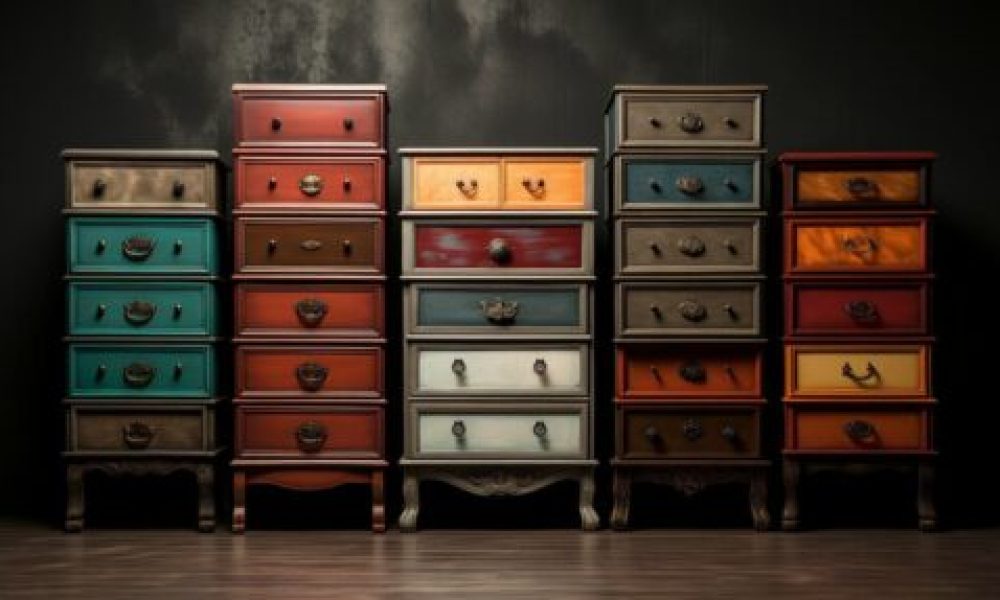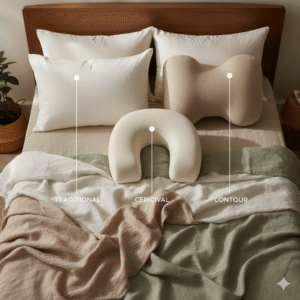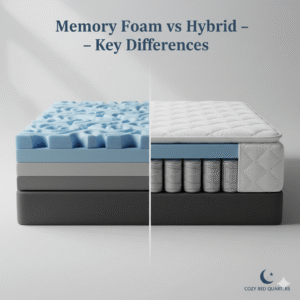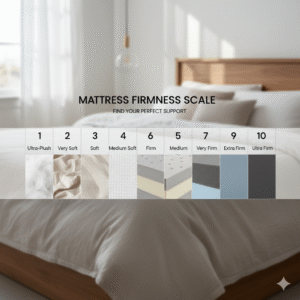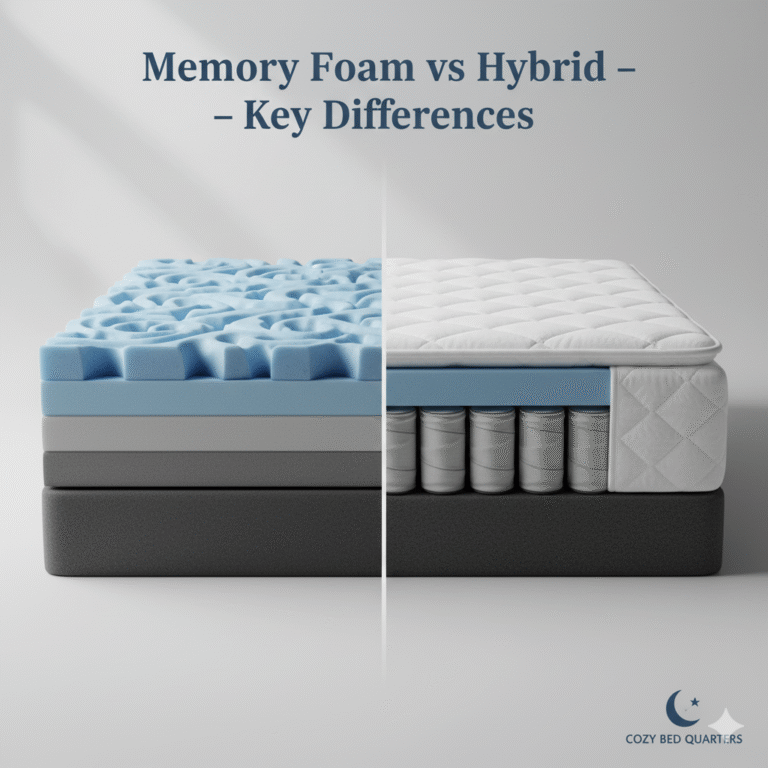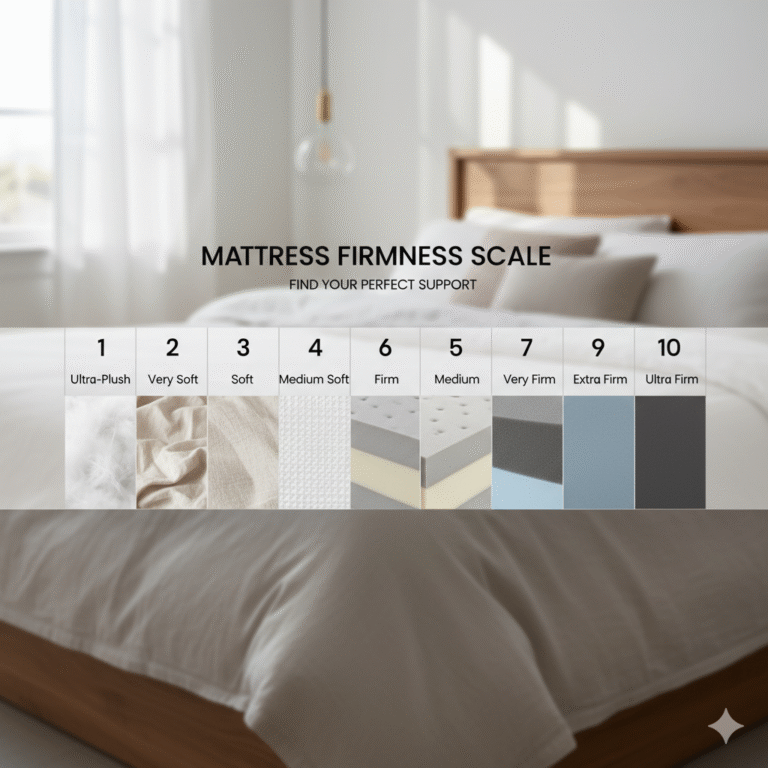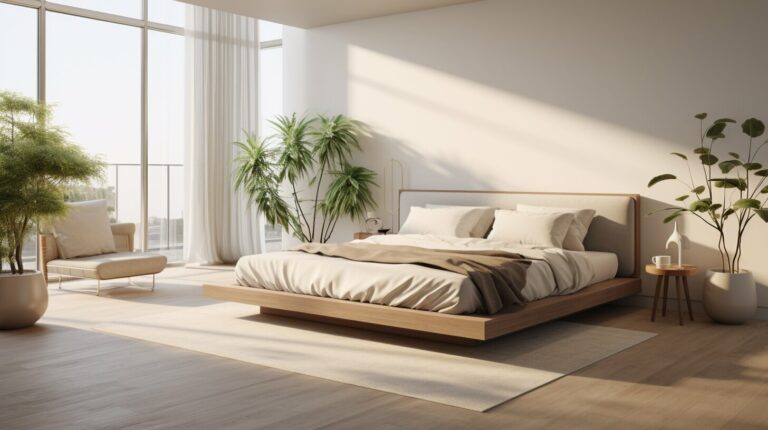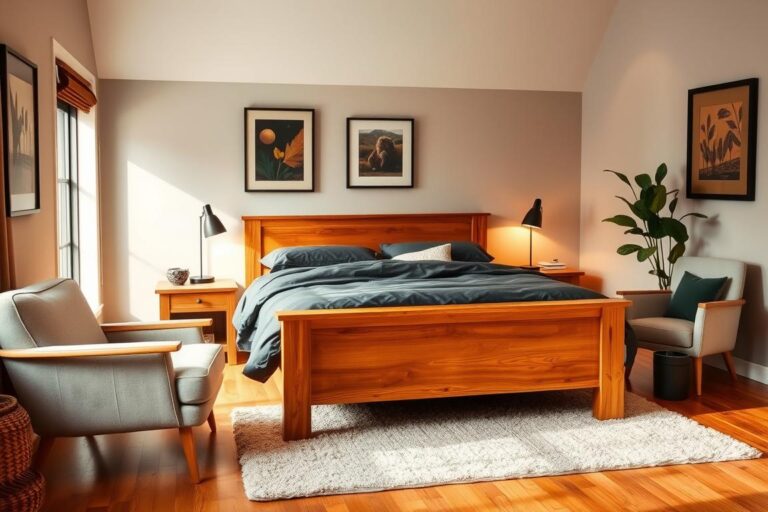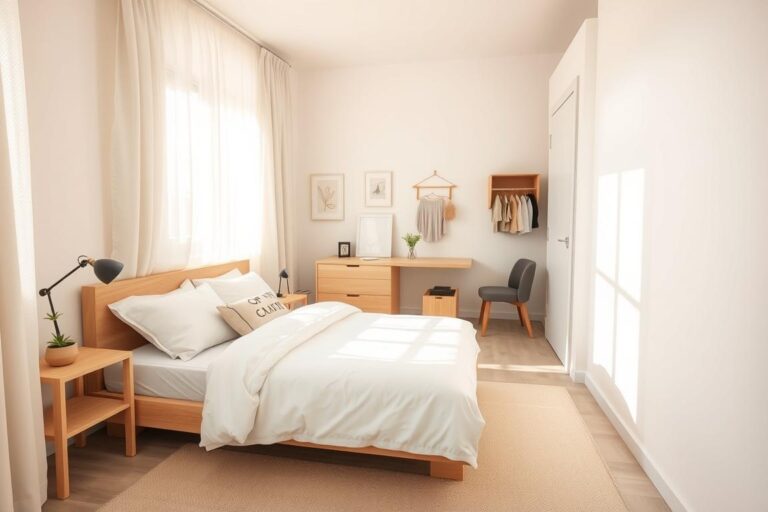Evolution of Dressers: Chic Storage Ideas Through History
The evolution of dressers shows how storage transformed from wooden chests into modern, multi-functional furniture. Understanding this journey reveals why dressers remain timeless, stylish, and essential in keeping bedrooms clutter-free. For more design inspiration, see our clever bedroom storage ideas.
Key Takeaways
- The evolution of dressers began with medieval chests and grew into refined furniture showcasing craftsmanship and culture.
- Modern dressers include smart storage innovations like charging ports, lighting, and hidden compartments.
- The evolution of dressers highlights their ability to combine function, beauty, and design flexibility across every room in the home.
From Simplicity to Statement: Why Dressers Still Matter
The evolution of dressers is not just a furniture story—it reflects lifestyle shifts. Early needs were simple: keep clothes off the floor. But as homes grew more expressive, furniture evolved too.
Today’s dresser anchors a room, reflects your design style, and reduces clutter-induced stress. Whether for a small studio or a spacious primary suite, a dresser adds harmony and order.
For tiny bedrooms, pair a dresser with under-bed bins or a luxury bed frame with storage. In larger rooms, a double-wide dresser adds presence and practicality.

A modern bedroom showing how dressers evolved into stylish storage furniture.
Exploring the Evolution of Dressers in Modern Design
The Historical Roots of the Dresser
In medieval Europe, storage meant one thing: the chest. These lidded boxes stored clothes, blankets, and heirlooms. By the 17th century, the invention of drawers revolutionized storage, marking the dresser’s true beginning.
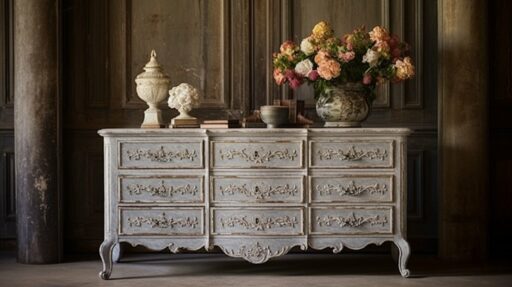
Antique wooden dressers reveal how storage furniture first took shape.
By the 18th century, dressers featured carved legs, veneered surfaces, and brass fixtures—symbols of taste and wealth. Shakers favored simplicity, while Victorians embraced ornate mirrors and decoration.
This shift mirrored cultural changes, turning dressers into heirlooms, design statements, and lifestyle essentials. See their link with other furnishings in our bed frame materials and styles guide.
Multi-Functional Uses Beyond the Bedroom
Today, the dresser is a shape-shifter. It moves easily from one role to another:
- Entryways: A slim dresser holds keys, umbrellas, and daily essentials.
- Living rooms: Store games, blankets, or media gear in style.
- Nurseries: A wide dresser doubles as a changing station.
- Guest rooms: Compact dressers create a hotel-like experience.
Dressers evolve with their owners. A child’s dresser may later serve in a guest room, or move to the dining room to hold linens and serveware.
Dressers That Do More: Hidden Features and Smart Storage
Modern dressers now integrate convenience and wellness features:
- Soft-close drawers: Quiet and ideal for light sleepers.
- LED lighting: Illuminates drawers for easy nighttime access.
- Charging stations: Hidden USB ports reduce surface clutter.
- Velvet compartments: Elegant storage for jewelry or accessories.
- Hidden safes: Secure valuables with built-in locks.
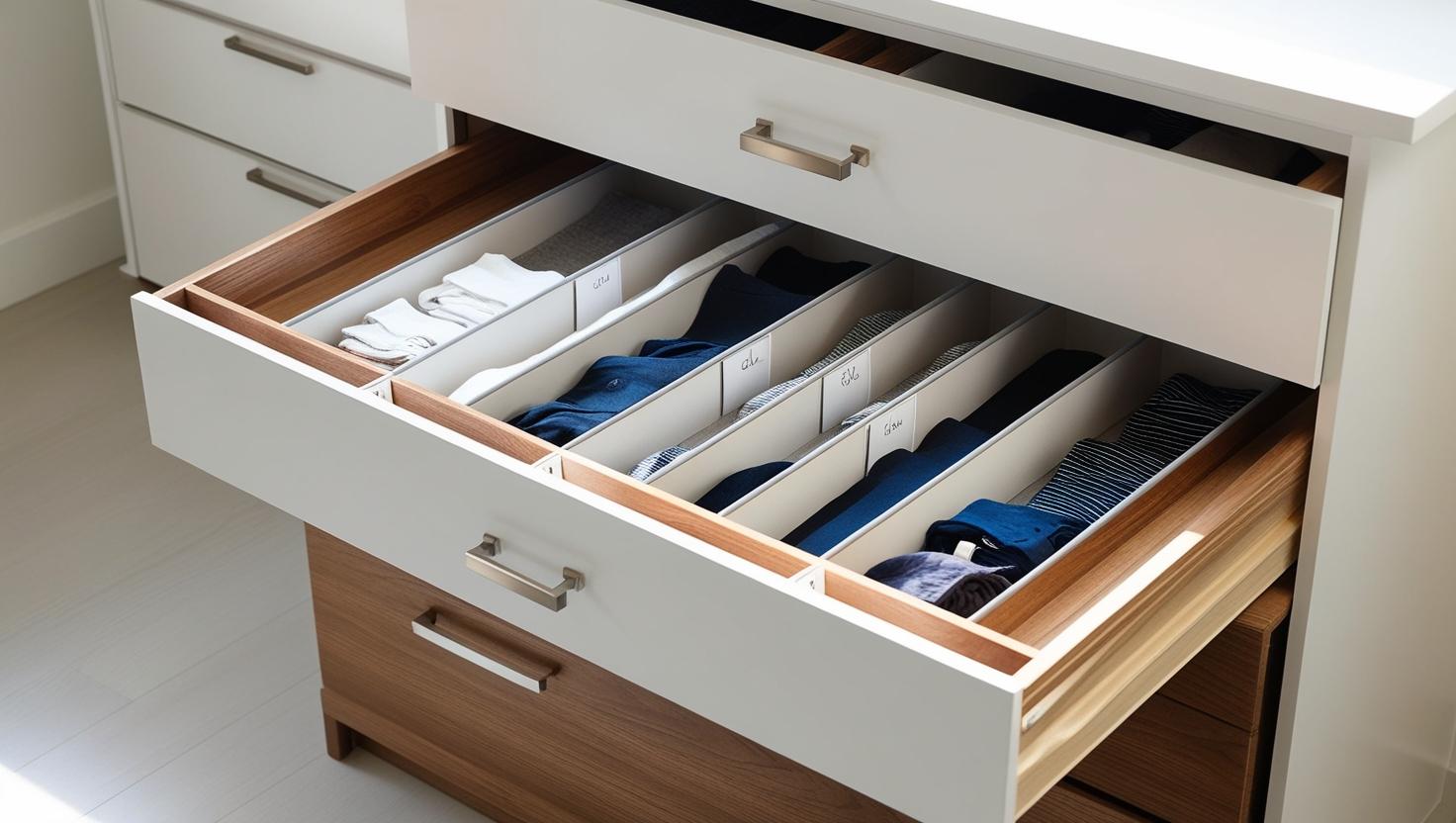
Smart dressers combine convenience, wellness, and modern design.
Myth Busted: Dressers Are Outdated
Think built-in closets replaced dressers? Not quite. Many homes lack walk-ins, and even with closets, dressers offer unmatched accessibility. Grab socks or a t-shirt without sifting through hangers.
Dressers enhance design by anchoring a room horizontally. Unlike wardrobes, they balance a space while providing surfaces for lamps, decor, or artwork. According to the Sleep Foundation, organized bedrooms reduce stress and improve sleep.
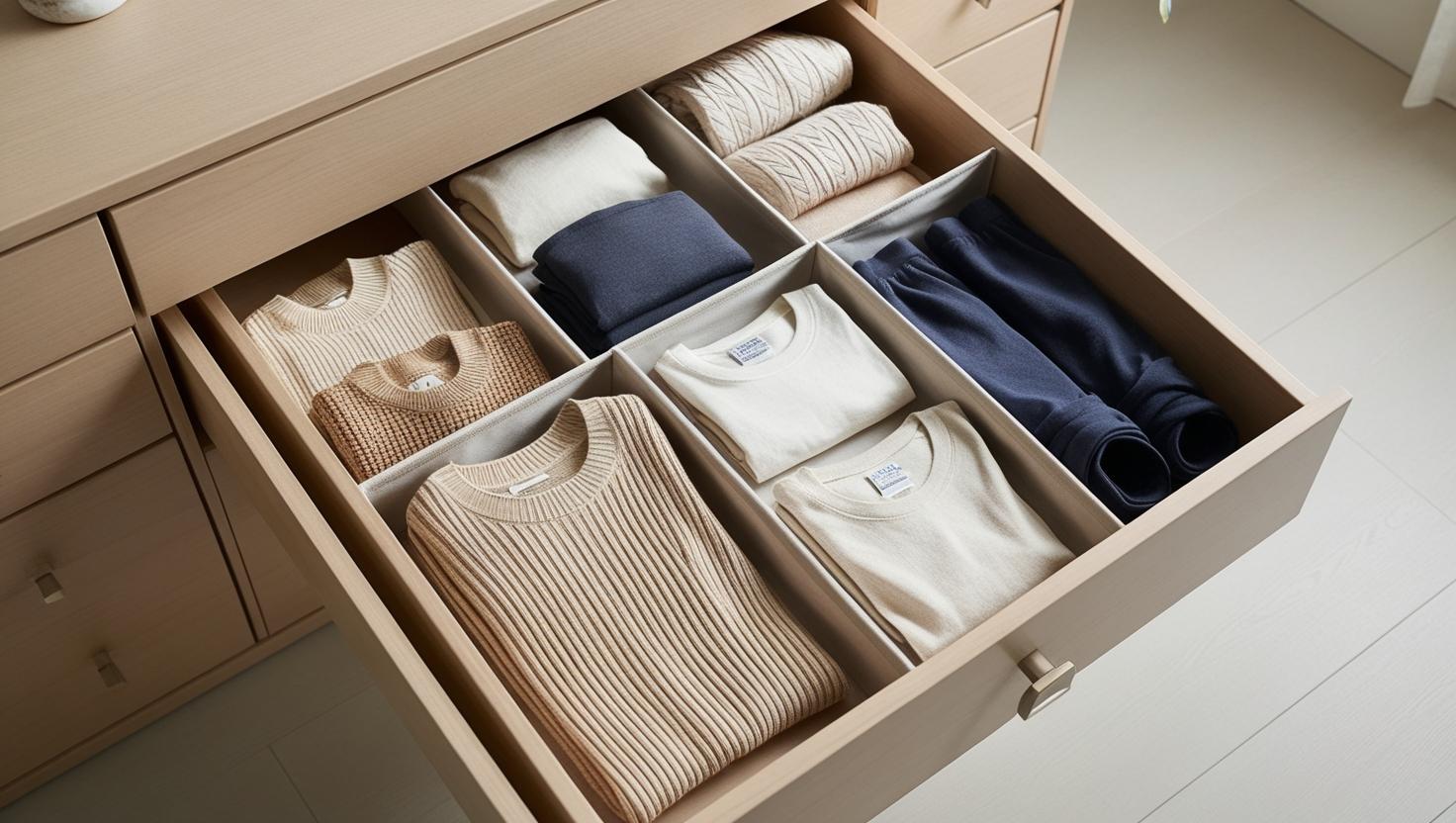
Dressers still enhance modern bedrooms with beauty and function.
Final Thoughts
The evolution of dressers blends form, function, and style. From vintage heirlooms to smart-tech designs, the dresser remains a cornerstone of cozy, organized living. Don’t overlook it in your next refresh—it may be your most versatile piece. For more inspiration, explore our bed frame materials and styles guide or our clever bedroom storage ideas.
FAQ
What is the origin of the dresser?
Dressers originated from medieval wooden chests used for clothing and linens. Drawers were later added, creating the dresser as we know it.
How have modern dressers changed in functionality?
Modern dressers feature soft-close drawers, hidden compartments, charging ports, and modular storage that blend style with smart living.
Are dressers still relevant in modern homes?
Yes! Dressers offer accessible storage, design balance, and practical organization even in homes with closets.
Can a dresser be used in rooms other than the bedroom?
Absolutely. Dressers work in living rooms, nurseries, entryways, and guest rooms thanks to their versatile design.

